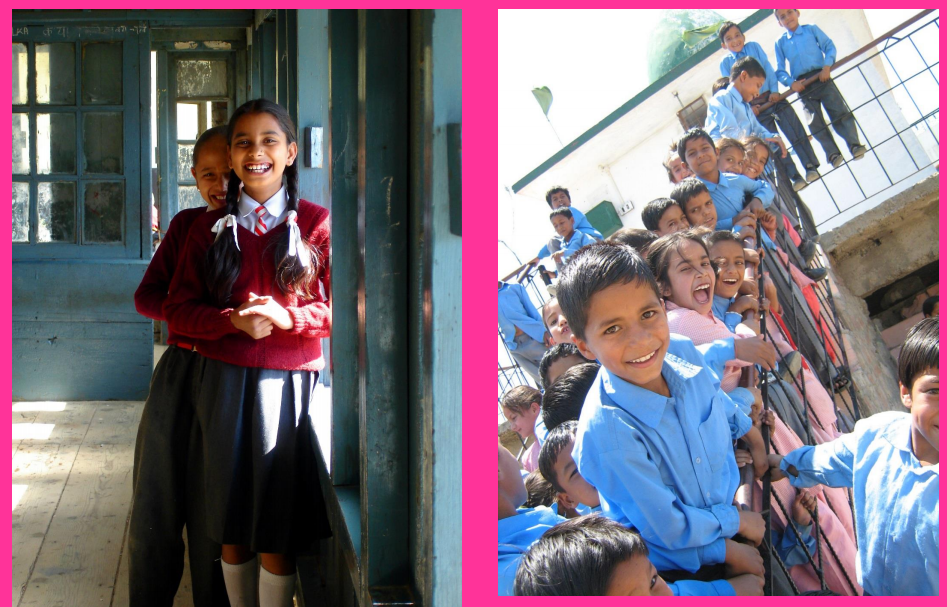ASE of base
ASER, the Annual Status of Education Report, is facilitated by an independent agency called Pratham. The report covers 577 districts, 30 randomly selected villages in each village, 20 households in every village, and all children between 3 and 16 years in each household. They have thus surveyed more than five and a half lakh children. The factfinders additionally visit one government school in each village
First, the good news: more children are now enrolled in school, and this is the sixth consecutive year with enrollment figures exceeding 96%. However, the litany of woes starts straightaway: despite 96% enrollment, the attendance lags at 71% on average, with significant variance among different states. What do the balance 25% children do? Perhaps a later survey will answer that.
Girls between 11 and 16 years being enrolled in school is a positive indicator: the longer girls study, the less chance there is that they will be forced to marry prematurely, and higher girl child education is also linked to better social outcomes. Rajasthan and UP are the only two states that have performed badly on this parameter: both have around 10% girls of that age group out of school.
But the primary purpose of schools is learning, and it is on this one count that our schools are completely failing our children. It was found that of all children enrolled in Std V, about half cannot read at Std II level. Imagine that: a student in class five cannot read what he or she should have been able to read three years ago! And this number has been steadily deteriorating:
It does not get better: Children who can read at Std II level (or higher) is about 48%. The rest of the children are at different levels: close to 20% children can only read letters or not even that; 14% can read words but not sentences; 19% can read sentences but not longer text. The number of std II students who cannot even recognize letters has gone up from 13.4% in 2010 to 32.5% in 2014.
The percentage of students who are unable to recognize numbers is similarly appalling: A growing proportion of Std II children do not know numbers 1 to 9 in std II. This means that they are not learning them in Std I. Similarly, Increasing numbers of children in Std III do not recognize numbers till 100. This means that they did not pick them up in Std II.
The learning tower of PISA
Programme for International Assessment, called PISA in short, is an international test for 70-odd countries that tests school children on Reading, Mathematics and Science. India graciously deigned to allow students of Himachal Pradesh and Tamil Nadu to appear in the test, with these results:
- In reading of the 74 regions participating in PISA 2009 or 2009+ these two states beat only Kyrgyzstan.
- In mathematics of the 74 regions participating the two states finished again, second and third to last, again beating only Kyrgyzstan.
- In science the results were even worse, Himachal Pradesh came in last, behind Kyrgyzstan, while Tamil Nadu inched ahead to finish 72nd of 74.
The way ahead
There is no doubt in anyone’s mind that our education system is horrible. There is evidence that educational outcomes improve with higher family income, automatically dooming poorer children into mediocrity resulting from illiteracy and innumeracy. There is also the stigma of studying in government schools (note: state government. Centrally run schools such as KV and Navodaya are much better in comparison). Our policies of not conducting pass/fail examinations are also counterproductive when viewed in the light of international educational outcomes: after all, if we do not test students, how will we measure outcomes?
What can be done to improve the situation? That will be the subject of another post.
